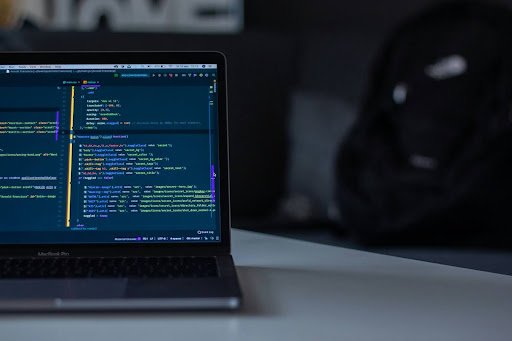In early 2025, developers everywhere saw a new concept rewriting how software is built. It is something called vibe coding, or the idea that developers can describe their intent in natural language, while AI systems generate the execution. Up until now, vibe coding has made an immense impact on modern programming.
The term vibe coding is relatively new, and it is a cultural and technical shift that computer enthusiasts are gradually adopting. As an emerging frontier in software creation, it is quickly becoming the very foundation of what it means to be a developer.
About Vibe Coding
In simple terms, vibe coding replaces traditional syntax with human speech. Instead of writing long lines of code, a user can type what they want to create. An AI system then writes the code, assembles the request, and handles the implementation from start to finish. While developers still get to review and refine throughout the process, AI does a majority of the work.
While for years, software engineering was defined by expertise, vibe coding is changing that dynamic. Developers no longer have to know every function or rule in order to build a website or application. In fact, vibe coding opens the doors for non-programmers, allowing almost anyone to be able to code, regardless if they have experience or not.
Though technologists are still experimenting with vibe coding, its initial rise came to fruition when Andrej Karpathy, co-founder of OpenAI, wanted to emphasize the significance of AI in the software space. The main goal being to use AI as coding assistants, where suggestions are made in real time.
Technologists are Hesitant
According to a 2025 Stack Overflow Developer Survey, only about 12% of professional developers currently use vibe coding in their daily workflow, while more than 70% say they haven’t quite adopted it yet. The technology is moving fast, but some engineers still remain hesitant.
One major concern of vibe coding is quality. In a TechRadar report, it found that nearly half of all AI-generated code contained security flaws, even when produced by top-tier large language models. This is because code can be inefficient and not optimized for performance, especially as data volumes increase.
With vibe coding, there is also the question of ownership. If an AI machine builds the application, the problem lies in who gets to “own” the code. Some believe vibe coding offers humans more freewill to focus on the larger picture, while others might say that the concept strips developers of taking full control.
Development on the Horizon
Yet, even despite the challenges, vibe coding is not going away. Everyday, large tech firms are embedding it into their operations, and smaller startups like Iterate.ai have launched programs such as AgentOne that focus on this new idea of vibe coding.
For AI professionals like Jon Nordmark and Brian Sathianathan, co-founders of Iterate.ai, they suggest vibe coding has its number of benefits. On one end, it can handle mass amounts of data at a time. When there are thousands of files and requests, AI can sift through this information for rapid iteration. On another end, AI agents can act like a high-performing team by allowing human collaboration during the process.
Those advantages are exactly what make vibe coding both exciting and transformative. For developers, it signals a much more convenient way of pursuing software engineering. It also represents a moment where syntax is no longer needed, and coding is more reliant on intelligent systems to drive the outcomes.
Importantly, programming is evolving into something where human involvement is maximized. Rather than forcing people to do the repetitive tasks, AI handles that groundwork while humans can focus on creativity and problem solving.
Vibe Coding Moves Ahead
Without a doubt, vibe coding is here and ready to move programming to an entirely new era. And as with any major technological revolution, those who are willing to keep up with it will be the ones ahead of innovation and competition.
Looking ahead, vibe coding will set a new definition for the software industry. When the time comes, developers must be ready to follow in its footsteps.













